Architectural Narcissim.

People who live in one neighbourhood tend to behave similarly-jogging down the same streets, visiting the same coffee shops, buying similar groceries. These patterns become so distinctive that if you know an area well, for instance let's say, if you happen to be familiar with Williamsburg, Brooklyn, you can likely predict the residents' daily routine.
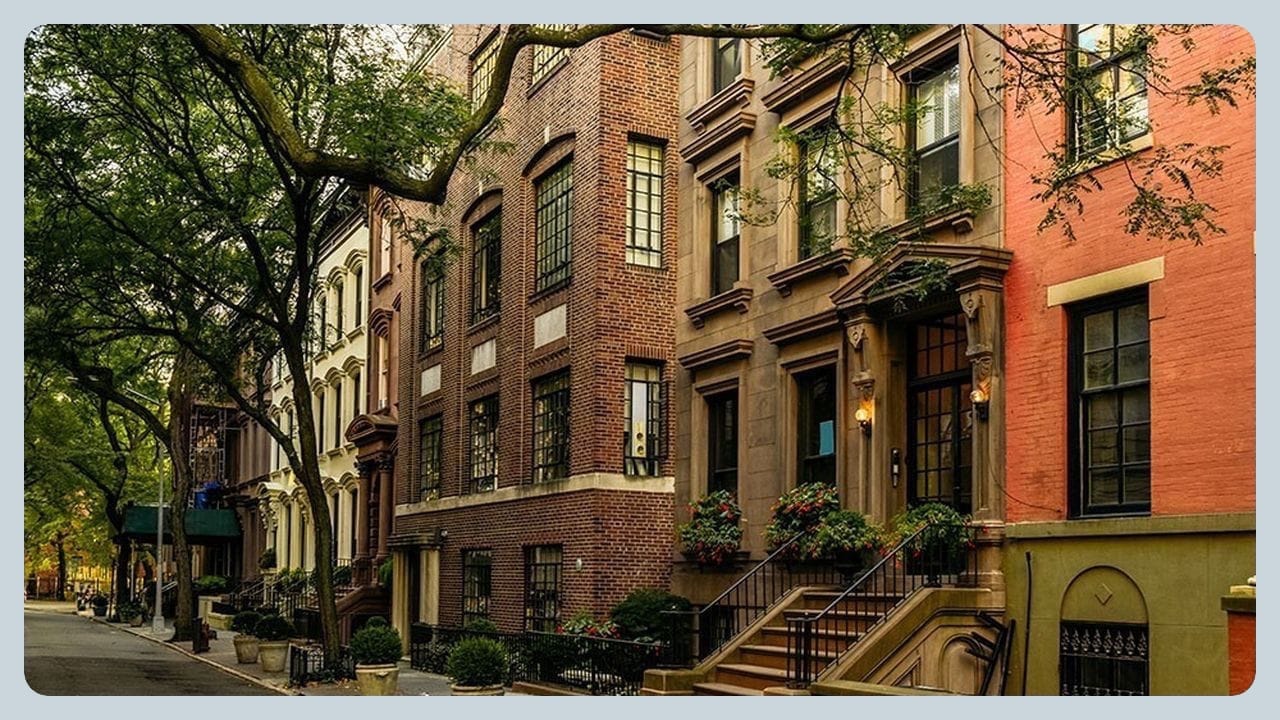
This goes to show often how much our surroundings shape our behaviours. And yet how much we underestimate it.
Architecture once shared this Quality of Place, too. An identity so specific you could tell what a building looked like just by knowing its location.
Modern Architecture mostly functions as an inside joke. Where the architect, colleagues and the industry might 'get it' and everyone else is expected to get with the program.
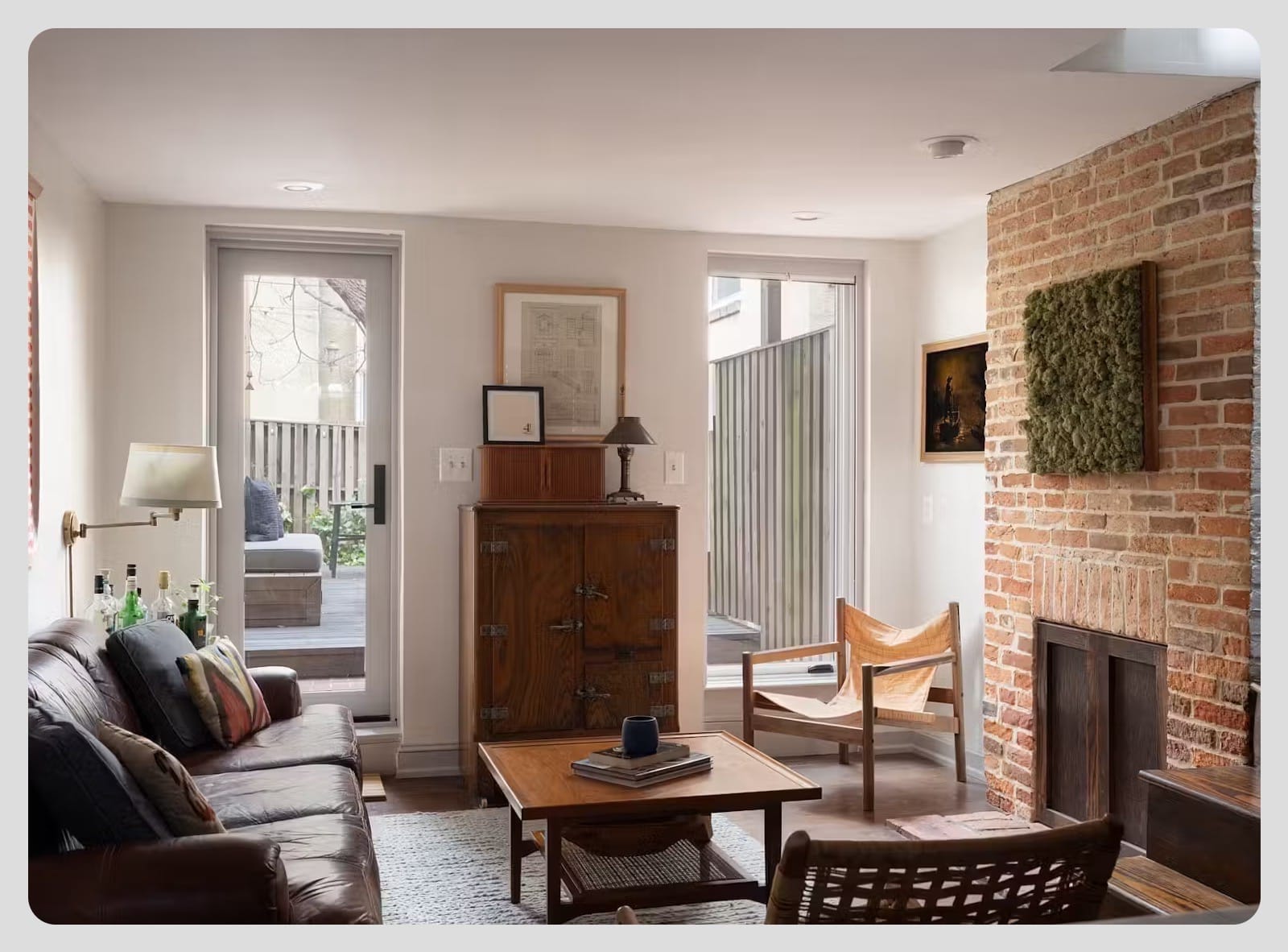
It's fair if you're English, you visit Paris and the French expect you to speak their language. It's not so fair when new architects come into your community, disrupt the architectural flow and beauty you're used to, and then expect you to get on board with their vision without question.
Most architecture today is narcissistic. Architects create buildings that only other architects like and understand. When regular people don't "get it," they're blamed for not being architects themselves. The problem isn't that the public lacks knowledge. The problem is that many architects have stopped designing for the people who actually use their buildings. Instead, they design to impress their peers.
If your work is just an inside joke, why build it in a world where most people aren't in on the joke? As an architect, you might tell yourself you're designing for the public good, when really you're mostly just satisfying your own architectural ego.
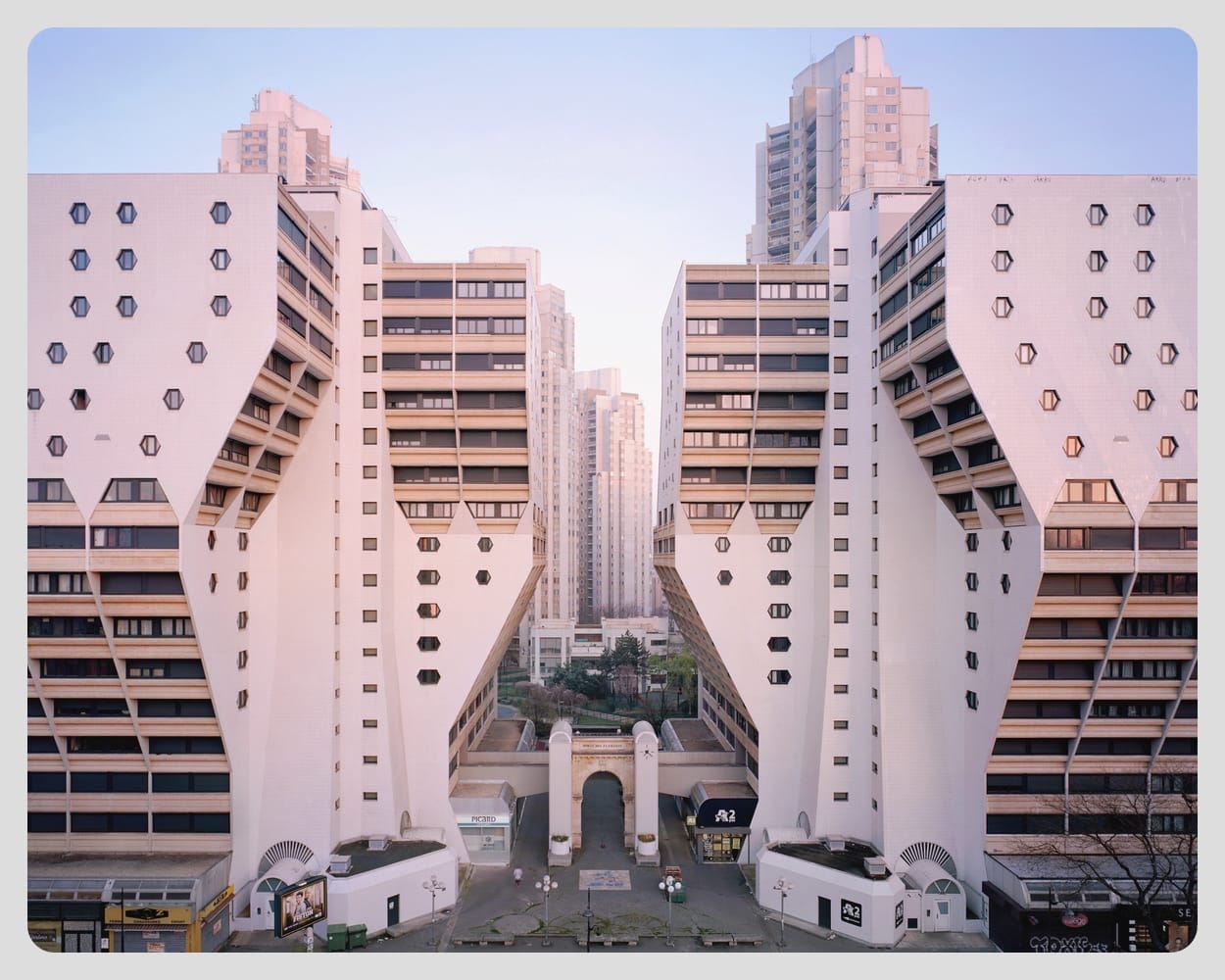
There's enough existing architecture for people to know what they want. But that desire is heavily influenced by what they want right now, rather than what they will continue to want even after 4 decades. And what do they want right now? Something a level or two above their friends and family - also known as Status Architecture. But helping them see much beyond that? That's the job.
The job isn't to build what people say they want today, it is to help them see what they'll be thankful for tomorrow.
Getting past momentary satisfaction and building lasting delight
Because Classics will always stand a chance to keep coming back 'in trend' but what's designed with the intention to be a 'trend' rarely stands the chance to become a Classic.
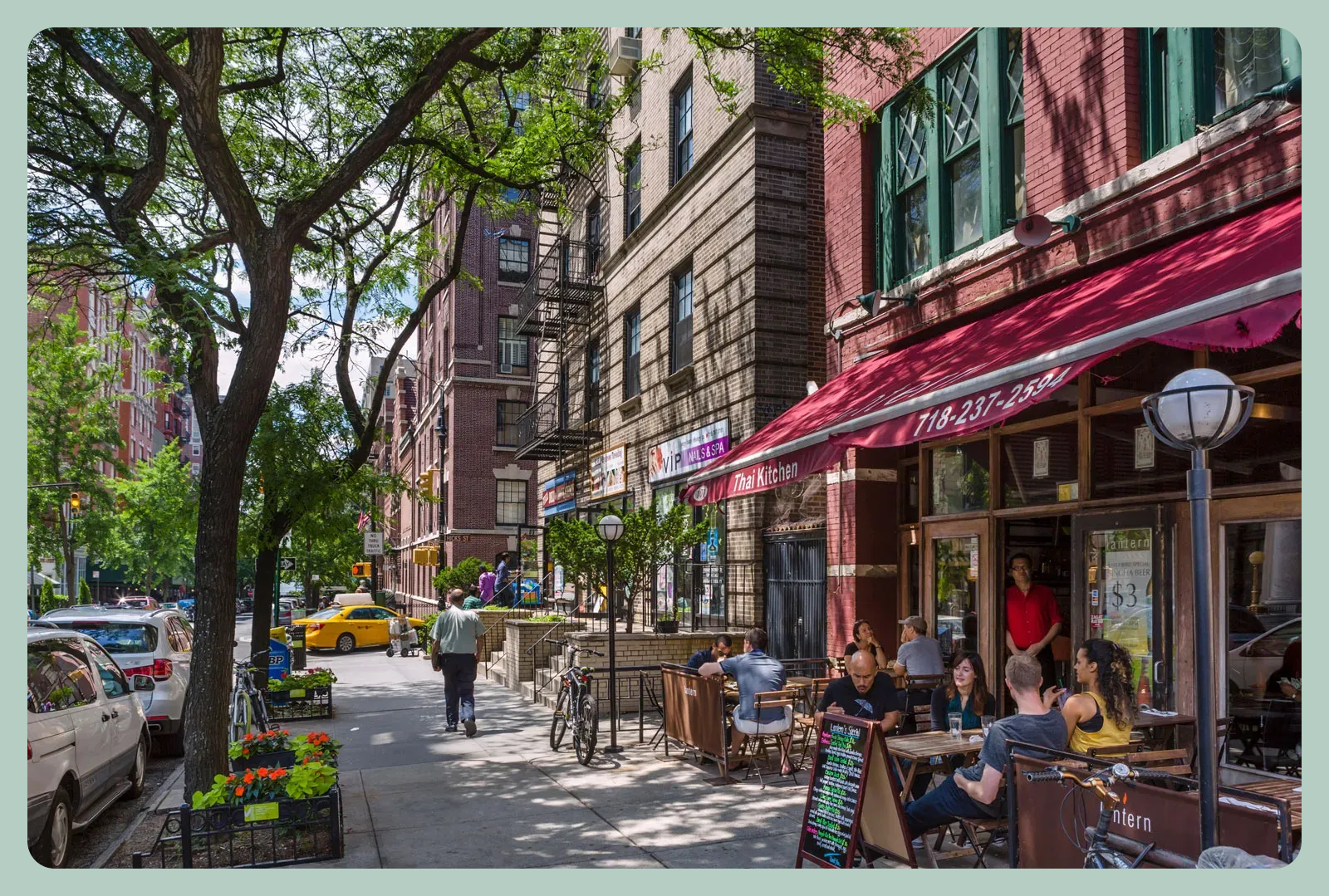
Like, after having spent enough time with a person, their worth surpasses beyond their looks. And as a bonus, if they're someone who's ever growing and evolving, you always have something to look forward to. The person keeps getting beautiful to you. Classical architecture focuses on beauty sure, but it's also so much more than that. Because as we know, beauty fades with time. It's a complete package one you don't get tired of, which is why it's called Classic.
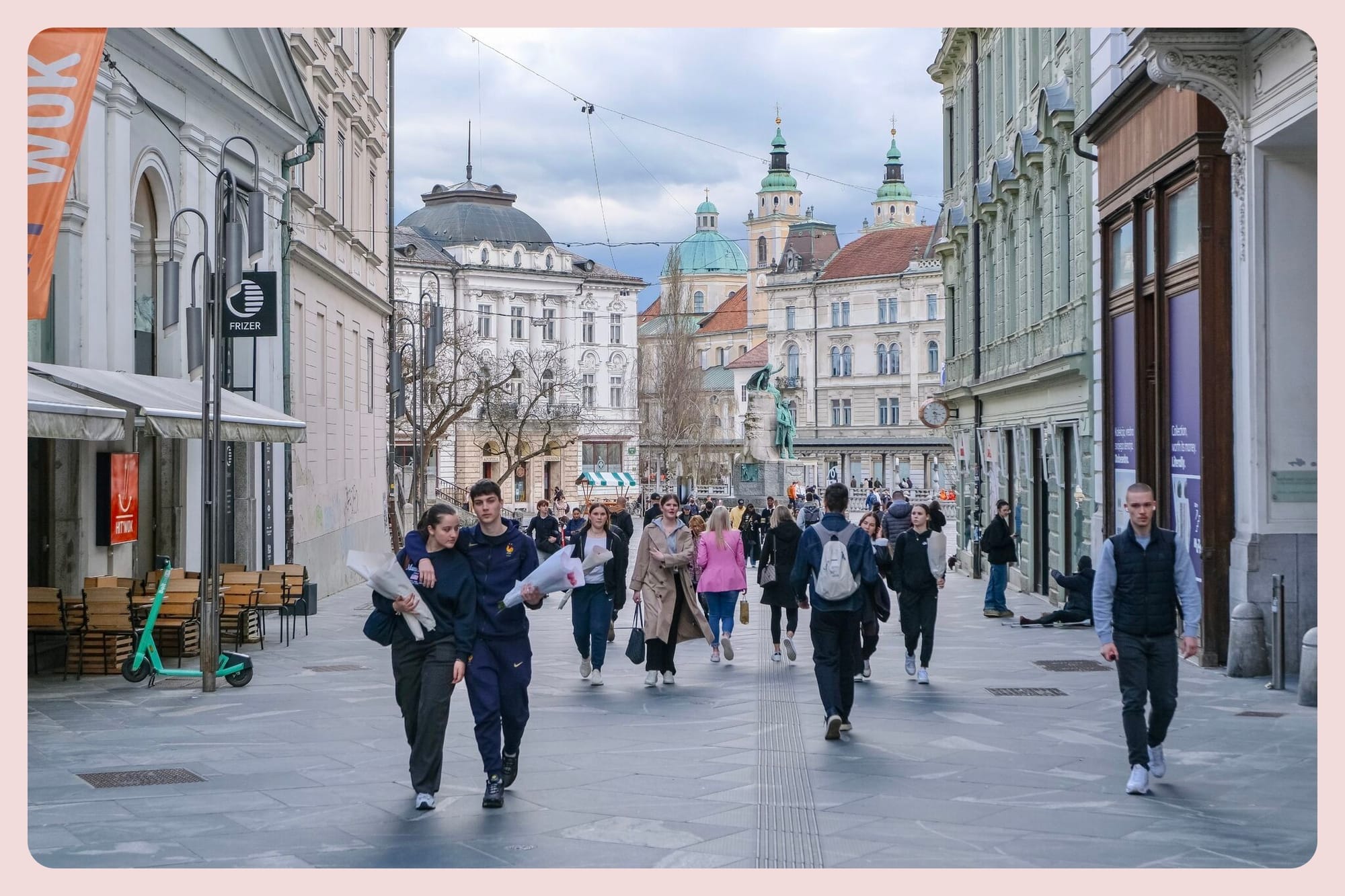
Pay attention to what people mostly capture when they land in a new city or town. The camera roll is probably 90% architecture that wasn't built recently.
And guess what? Coincidentally found this that serves as proof for the above. Eye Tracking Public Architecture by Ann Sussman, RA + Hernan Rosas
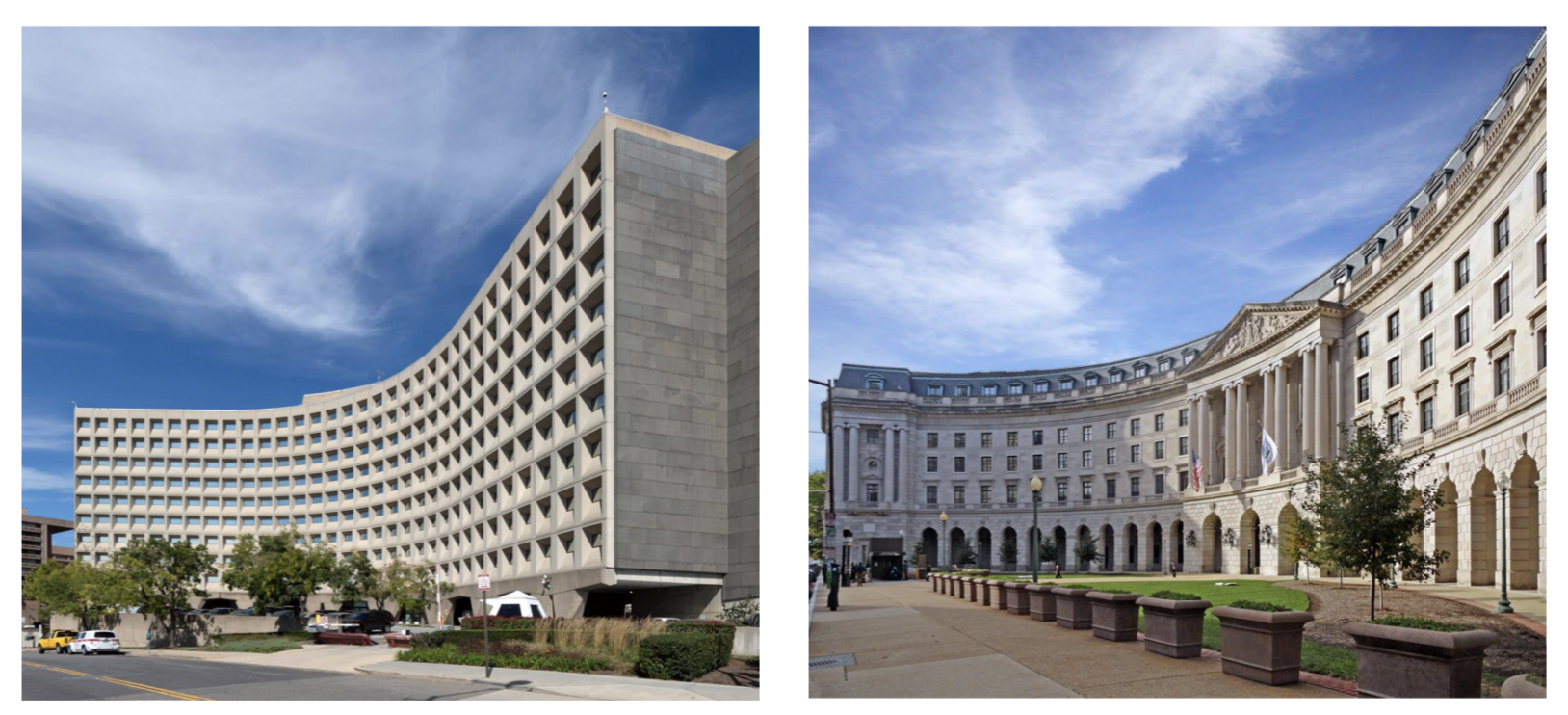
When researchers track where people's eyes land on buildings, the results form heatmaps. The most-viewed areas glow red. Moderately viewed areas appear yellow, then green. Places no one looks? They show no colour at all.
Across this study, there's a common pattern: people instinctively focus on traditional buildings while their modern counterparts go largely unnoticed.
Your attention works in ways you don’t notice.
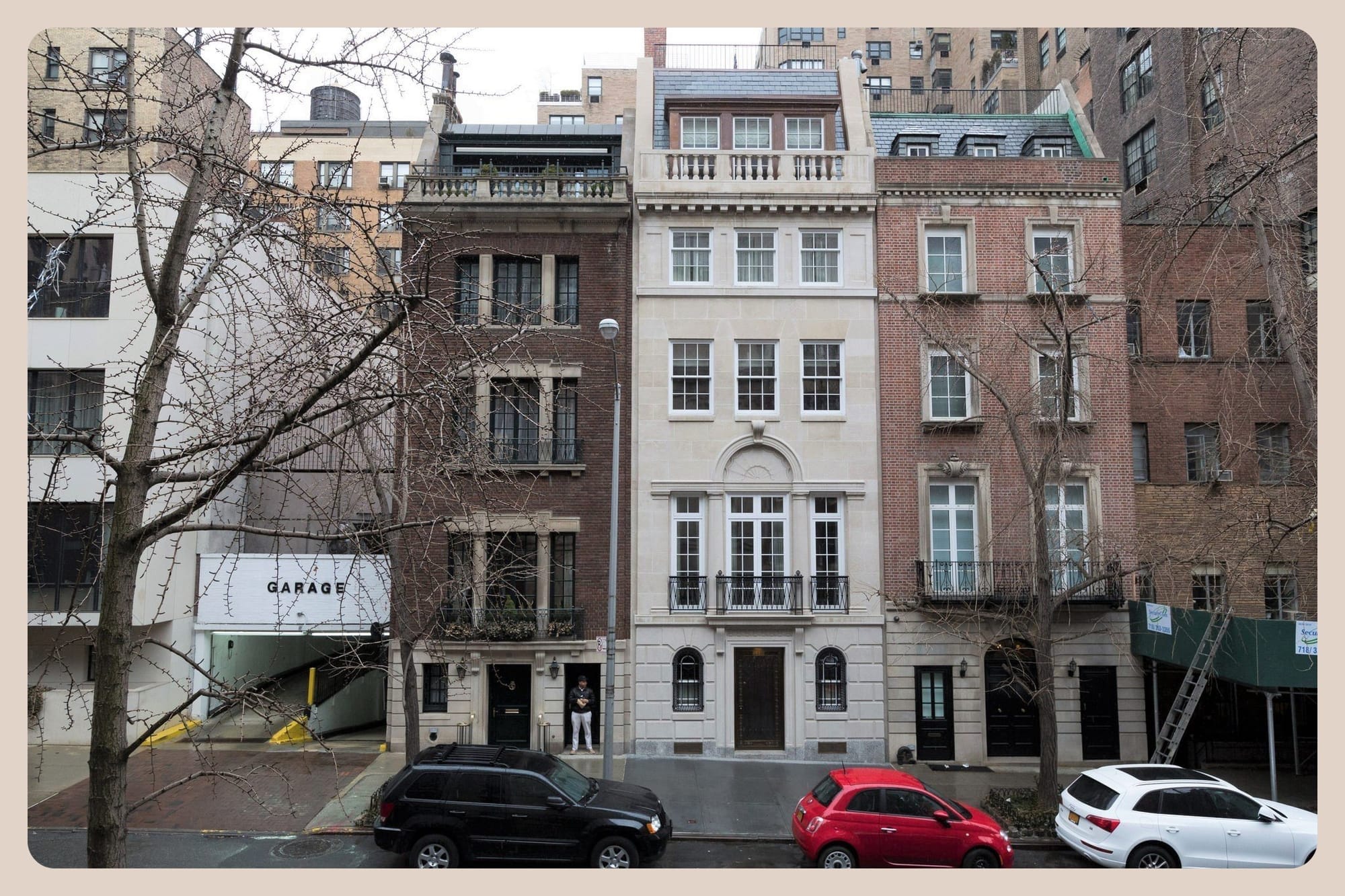
When you walk down a street, your eyes aren’t just looking—they’re filtering. Without thinking, they linger on certain buildings and skip others. Researchers have found this happens with remarkable consistency:
• People look at traditional buildings (repetition, symmetry, clear patterns)
• People ignore modern ones (flat surfaces, irregular shapes, no ornament)
This isn’t about style, it’s about how our vision works. We’re drawn to designs that match how our brains process the world: clear structure, balanced proportions, and details at the scale we naturally notice.
Good architecture understands this. It doesn’t fight human nature, it follows it.The best structures aren’t just seen. They’re remembered. The kind that looks great on photos and at the same feels right when you're actually standing there, living your life.

So clearly, it’s not subjective. It’s measurable human behaviour.
Architects spend years designing buildings people instinctively ignore. If you’re creating something nobody looks at… are you really succeeding?
We’ve confused what we want to sell with what people actually want to see.
The market doesn’t argue. It simply votes with its attention. The signals are clear but our attention is elsewhere.
"If your building overlooks the past, don’t be surprised when the future ignores it."
Architecture's greatest irony? The buildings that are desperate to be 'different' end up ignored.

